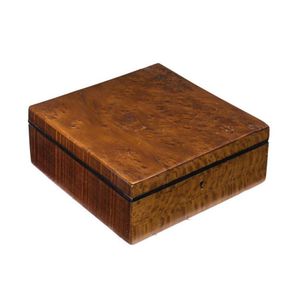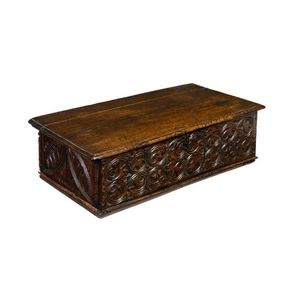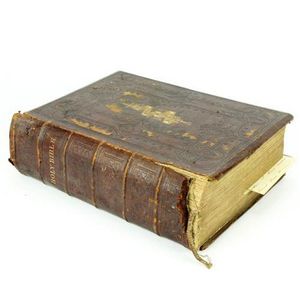Victorian Holy Bible with Commentaries and Chromo Illustrations
You must be a subscriber, and be logged in to view price and dealer details.
Subscribe Now to view actual auction price for this item
When you subscribe, you have the option of setting the currency in which to display prices to $Au, $US, $NZ or Stg.
- Victorian Period - The Victorian period of furniture and decorative arts design covers the reign of Queen Victoria from 1837 to 1901. There was not one dominant style of furniture in the Victorian period. Designers used and modified many historical styles such as Gothic, Tudor, Elizabethan, English Rococo, Neoclassical and others, although use of some styles, such as English Rococo and Gothic tended to dominate the furniture manufacture of the period.
The Victorian period was preceded by the Regency and William IV periods, and followed by the Edwardian period, named for Edward VII (1841 ? 1910) who was King of the United Kingdom and the British Dominions and Emperor of India for the brief period from 1901 until his death in 1910. - Foxing - Foxing is a type of discoloration or staining that occurs on the edges or pages of old books, manuscripts, and other paper-based materials. The term "foxing" comes from the reddish-brown color of the stains, which is similar to the color of fox fur.
Foxing is caused by a variety of factors, including exposure to moisture, high humidity, and oxidation. Over time, these environmental factors can cause the paper to yellow and develop the distinctive brownish stains. The discoloration can also be caused by pollutants in the air, such as smoke and chemicals, or by the presence of certain types of mould or mildew.
Foxing can have a significant impact on the value and appearance of old books and manuscripts, and is often considered a defect. However, some people consider foxing to be a sign of the history and aging of the paper, and view it as a desirable characteristic.
This item has been included into following indexes:
Visually similar items

A Victorian birds-eye maple writing slope, with decorative edge to the hinged lid. 30 cm x 21 cm x 13 cm

A Tasmanian timber jewel box, huon pine, fiddleback blackwood, beefwood, she oak and burr totara (New Zealand), circa 1900, with accompanying letter and Albert fob chain, high, 18 cm wide, 18 cm deep

English hallmarked sterling silver George VI cigarette box having a rectangular body with engine turned detail, a slightly domed & hinged lid, Art Deco shaped vacant cartouche, an applied thumb-piece, cedar wood-lined interior, all on a lined base. Birming

A carved oak panelled deed box, English, late 17th century, 23 cm high, 82 cm wide, 44 cm deep
